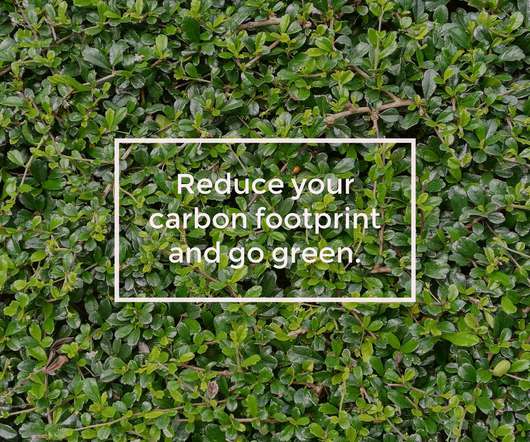The Future of Hydrogen Fuel Cell Vehicles
Clean Fleet Report
MAY 9, 2024
FCEVs use hydrogen—a lightweight, abundantly available gas—to generate the electricity through a chemical reaction and power the electric motors that move the car. While electric cars often require several hours to charge fully, hydrogen cars can be refueled in just a few minutes, similar to traditional gas vehicles. How Do FCEVs Work?












Let's personalize your content